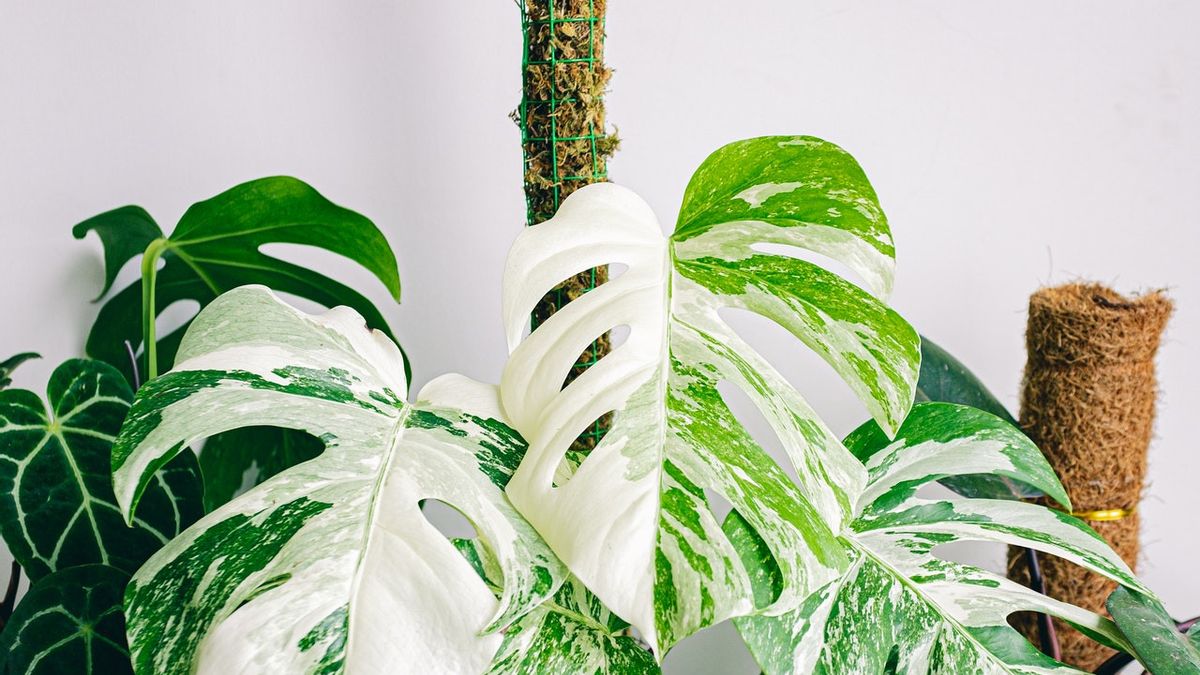JAKARTA – If you collect one type of ornamental plant that has a white motif or known as varigata, for example Monstera Variegata, you will be more curious about how different motifs can appear.
Varigata or variegata is a term used to refer to abnormalities in plants so that they have different colored patterns from the original color of the leaves. This disorder in the end looks aesthetically pleasing.
Variations in leaf color called varigata occur due to the lack of the green pigment chlorophyll in some plant cells. Usually the effects of cell mutations occur. This is the first fact as a further introduction.
The second fact, varigata can be a natural condition or a genetic disorder. It can also occur due to the administration of chemicals that have the effect of presenting a beautiful pattern on the leaves of plants.
The cause of natural variegata plants with albino patterns is not only on one leaf. But on all leaves, including the newly spring leaves. More interestingly, the non-natural process of bringing albino features to plants can only last for a short time.
In fact, it is very risky to cause the plant to die if it is not carried out with continuous monitoring and the right size.
The third fact, varigata plants are more sensitive to light intensity and changes in air temperature. This means that the treatment is not arbitrary. This means that it requires a special room or stored indoors for more control.
Insufficient light intensity can cause a plant to lose varigata. Meanwhile, if the light intensity is too high, varicose veins can only appear in some parts.
Reported by Capra Designs, Friday, July 2, there is also a change from an albino pattern back to a solid green color due to the way plants survive. When this happens, the way to make the variegata permanent is to trim the bare green leaves.
The fourth fact is that plants will appear variegated if there is a lot of chlorophyll production. So, to control the production of excess chlorophyll, change the low-nitrogen fertilizer. The more nitrogen in the soil, the more chlorophyll production.
But every plant needs nitrogen for photosynthesis. That is, keep fertilizing with nitrogen but with low levels.

The fifth fact, making varigata from plants that are not patterned is more difficult than breeding from variegated plants.
Apparently, there are various patterns of varigata. The popular ones are known, for example, in Mostera known as chimeral varigata or unpatterned patterns. While varigata, for example in the Marantaceae species, is classified as patterned and has a variety of colors.
Other varieties, there are those that show leaf patterns reflecting light or silver, for example in Peperomia. There is also a variation that is only on the leaf veins as in Philodendron Gloriosum.
The English, Chinese, Japanese, Arabic, and French versions are automatically generated by the AI. So there may still be inaccuracies in translating, please always see Indonesian as our main language. (system supported by DigitalSiber.id)













